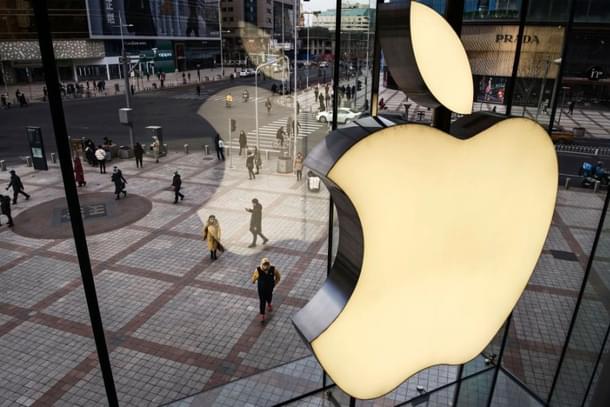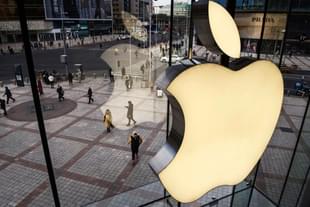News Brief
Apple Announces Investment Plans In US As Trump Threatens 10 Per Cent Tax On Chinese Imports, Reciprocal Tariffs On India
Nishtha Anushree
Feb 24, 2025, 06:28 PM | Updated 06:28 PM IST
Save & read from anywhere!
Bookmark stories for easy access on any device or the Swarajya app.


Apple’s latest announcement to invest $500 billion in the United States (US) and create 20,000 jobs comes at a critical juncture, as President Donald Trump reiterates his commitment to imposing steep tariffs on Chinese imports, Hindustan Times reported.
With Apple historically assembling most of its products in China—and increasingly expanding production in India—such tariffs could significantly impact its supply chain, potentially forcing a shift in its global manufacturing strategy.
During Trump’s first administration, Apple managed to secure waivers on some tariffs targeting Chinese imports. However, with his renewed pledge to impose a 10 per cent levy on Chinese goods, Apple’s reliance on China for iPhone assembly and key component manufacturing is once again under threat.
While India has emerged as a viable alternative, reciprocal tariffs and increased production costs may push Apple to accelerate its US-based manufacturing plans, Economic Times reported.
Apple’s latest investment announcement includes plans to establish a quarter-million-square-foot factory in Texas by 2026 to manufacture AI servers. The company, alongside Foxconn Technology Group, will begin producing AI servers in Houston later this year, a move signaling a shift of some high-end manufacturing from overseas to the US. Additionally, Apple is developing a supplier academy in Michigan and increasing spending with American suppliers to mitigate tariff risks.
While Trump’s push for domestic manufacturing aligns with Apple’s increasing investment in the US, shifting production away from China and India presents significant challenges. China has well-established supply chains, a skilled workforce, and extensive infrastructure supporting Apple’s operations.
India, on the other hand, has been a growing hub for iPhone production, with Apple aiming to diversify its manufacturing base to reduce dependency on China. However, scaling up US production to fully replace these established hubs is costly and time-consuming.
Apple’s recent decisions suggest a hedging strategy—maintaining investments in China and India while expanding US manufacturing as a safeguard against tariffs. The company’s Texas facility, coupled with its ongoing research and development expansion across the US, indicates a move toward greater self-reliance.
However, given the complexities of global supply chains and the cost advantages offered by China and India, a complete shift back to the US remains unlikely in the near term.
If Trump follows through on his tariff threats, Apple may have no choice but to accelerate its US production plans further. Whether this results in higher consumer prices or a fundamental restructuring of Apple’s supply chain remains to be seen.
Nishtha Anushree is Senior Sub-editor at Swarajya. She tweets at @nishthaanushree.





